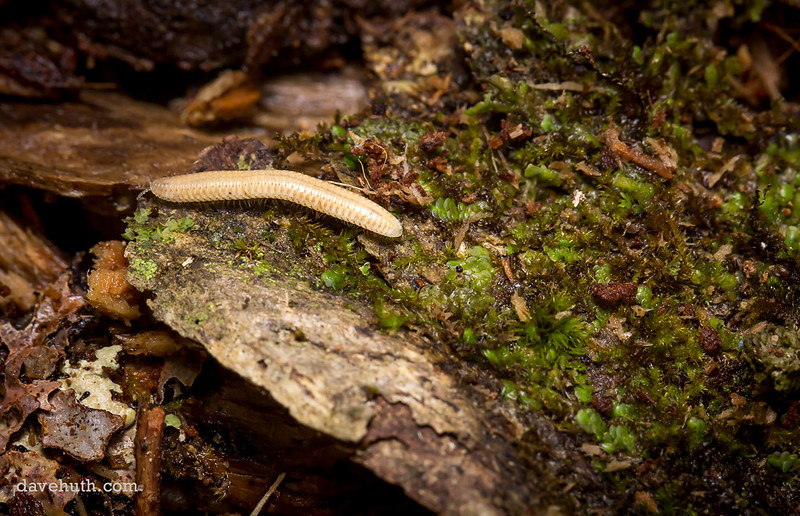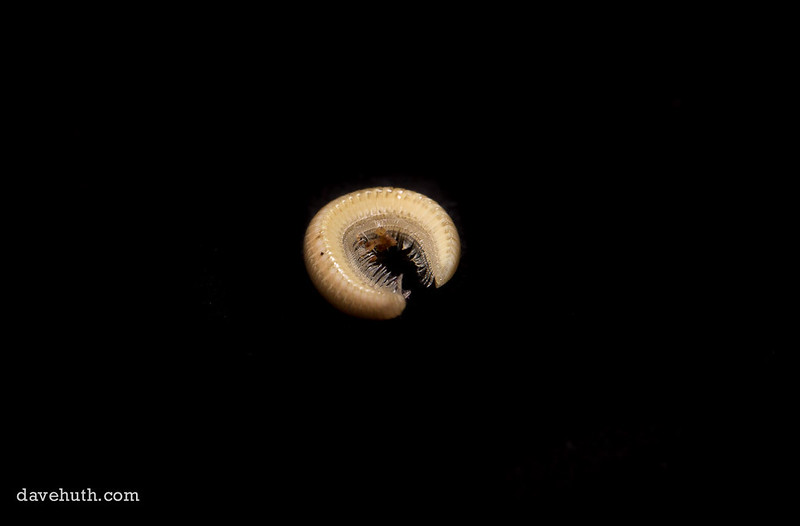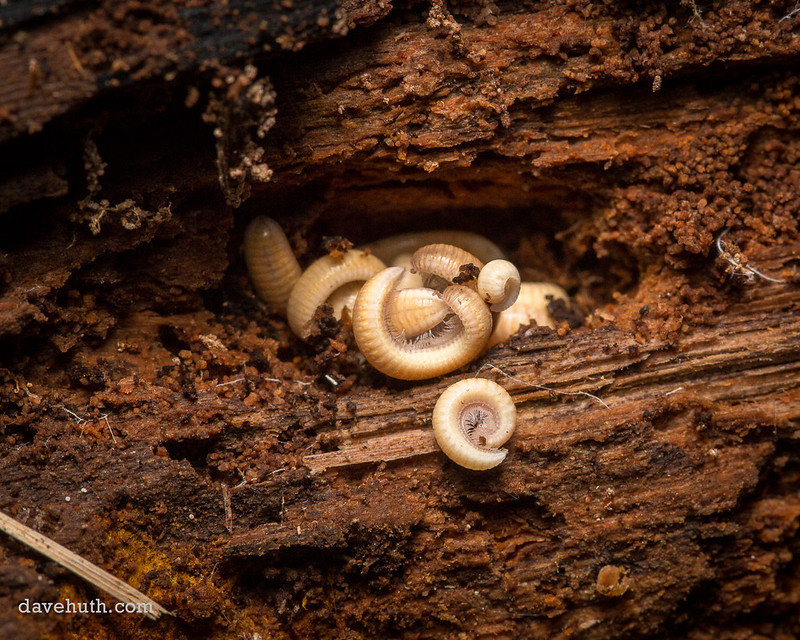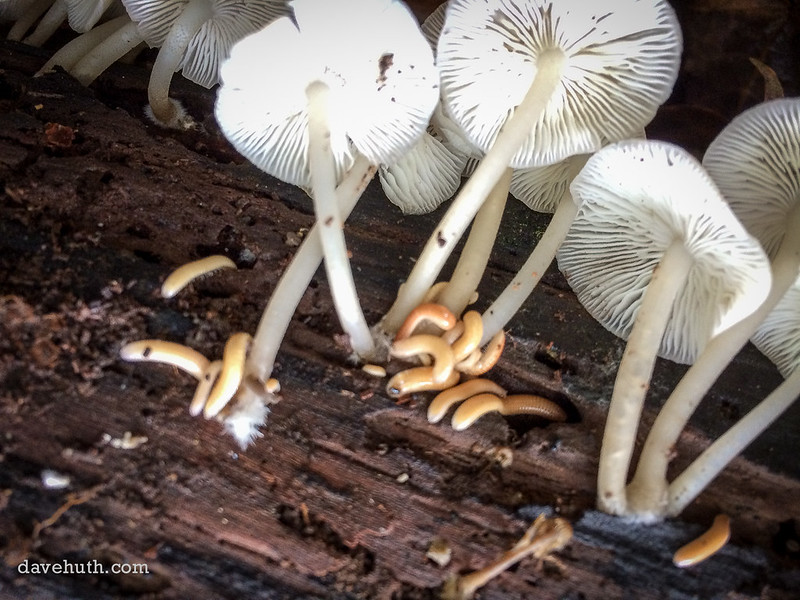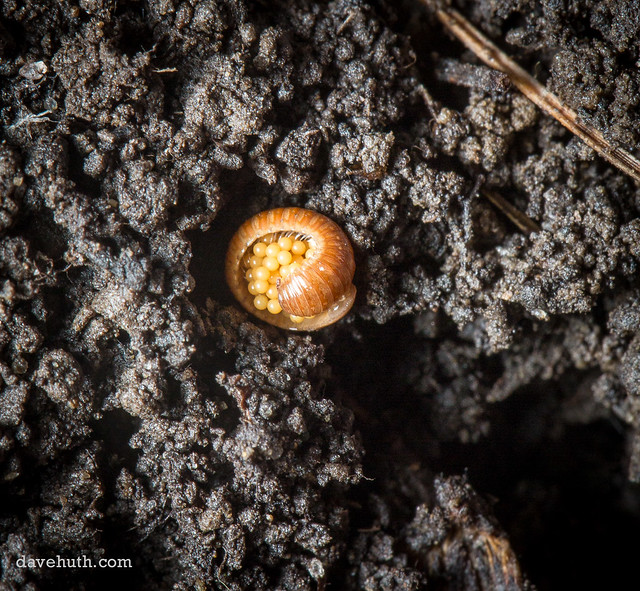davehuth
Arachnoknight
- Joined
- Dec 24, 2017
- Messages
- 278
@Elytra and Antenna was kind enough to ID this local (NY state, USA) wild millipede as Petaserpes species. I think based on my location it's likely Petaserpes cryptocephalus. I'm determined to collect and try to keep them once the snow melts away. Information on the genus is very hard to find, so if anyone has any experience, or advice about how to proceed, I'd be very grateful. ...[ @ErinM31 you seem to be some kind of genius when it comes to figuring out new husbandry methods for native US species. Any advice for how to get started?]


